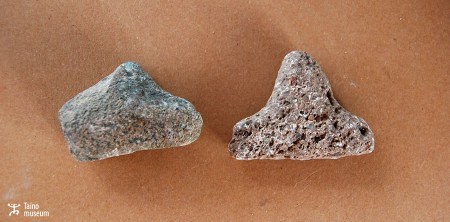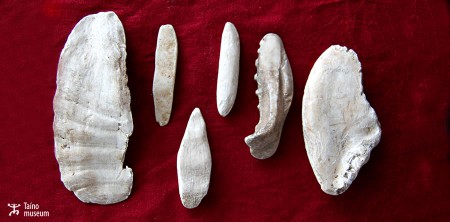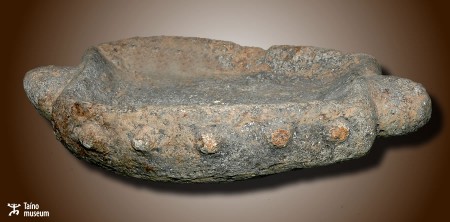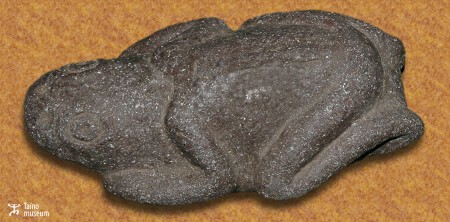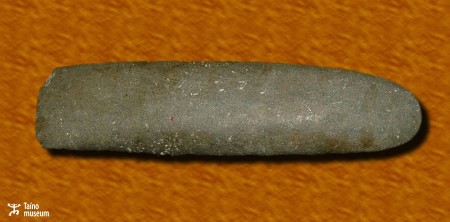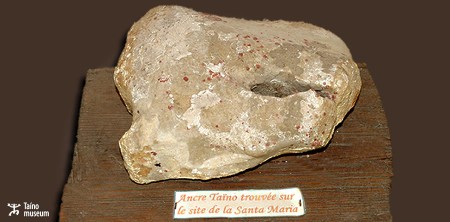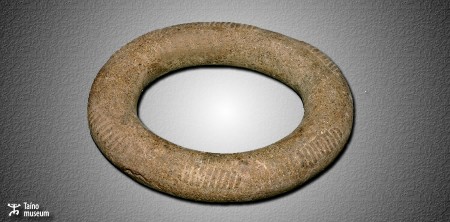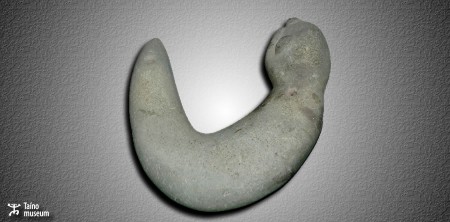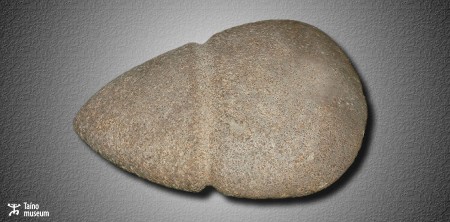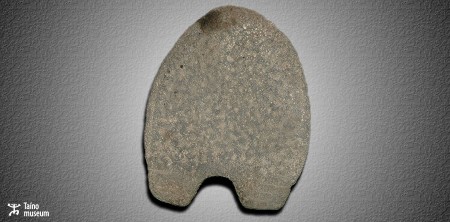The first triangular three pointers existed in stone and shell and were small and undecorated. They date from the first migration by ceramic bearing people in the lesser Antilles about 200 B.C. In time they became the most significant artifact of the Taino culture and received complex decorations. They could represent social status, political power,…
Read more
Three pointers
